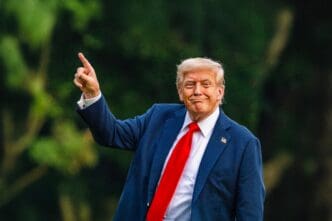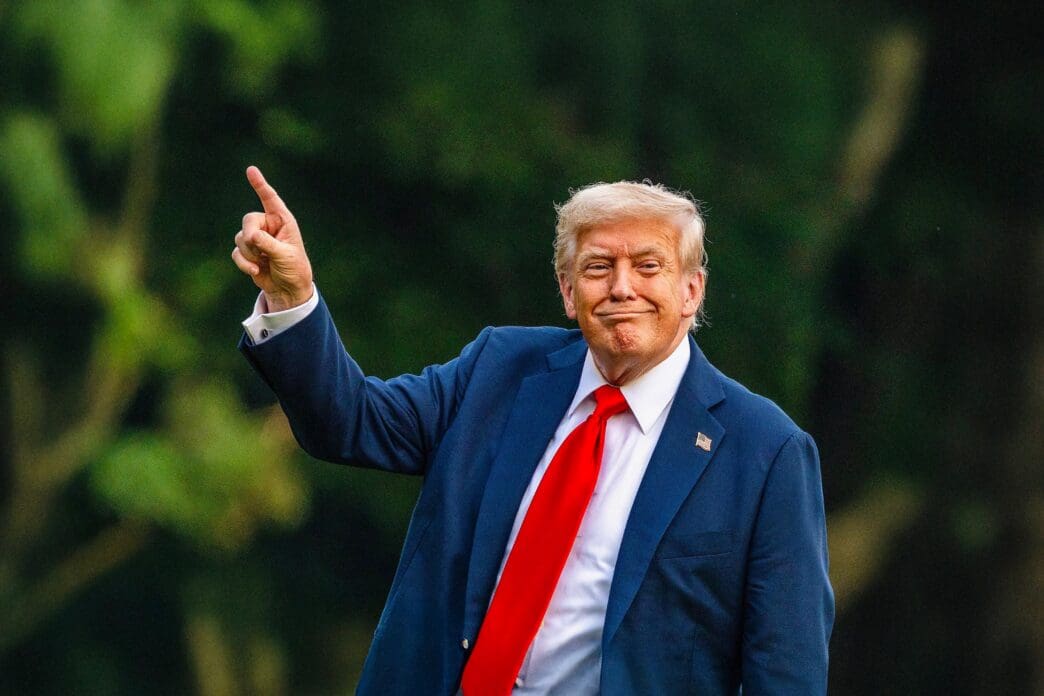Executive Summary
The Story So Far
Why This Matters
Who Thinks What?
An ongoing government shutdown in the United States, which has left hundreds of thousands of federal employees furloughed or working without pay, continues as lawmakers remain deadlocked on funding. Amidst the impasse, President Donald Trump’s administration is collecting record levels of tariff revenue, sparking a debate on whether these funds could be utilized to alleviate the shutdown’s impact, despite current legislative hurdles.
Shutdown Impacts and Tariff Revenue
The government shutdown has led to the furlough of approximately 750,000 federal workers, with others working without compensation. Essential government functions, including various food and drug inspections, have been suspended as Republicans and Democrats fail to agree on a funding bill.
Concurrently, the Treasury Department reported significant tariff collections. Last month saw $31.7 billion in tariff revenue, contributing to a total of $190 billion collected so far this year. This figure represents a 160% increase compared to the same period last year.
On October 1, the initial day of the shutdown, the government collected $315 million from tariffs. By comparison, the estimated daily compensation for the furloughed federal workforce is roughly $400 million, according to Congressional Budget Office estimates.
Allocation and Political Standoff
The tariff revenue flows into a general fund managed by the Treasury Department, referred to as “America’s checkbook.” This fund is typically used to cover pre-existing government obligations, such as tax refunds. However, the fund and its incoming tariff revenue are effectively frozen until Congress passes a bill to fund the government.
While Congress and President Trump could theoretically pass a specific measure to designate tariff revenue for purposes like paying furloughed employees, neither party has shown inclination to do so. White House spokesperson Kush Desai stated that “all that needs to happen is the Democrats reopening the government by passing a clean continuing resolution.”
Conversely, many Democrats have expressed concerns regarding the tariffs themselves. Senator Ron Wyden of Oregon, the top Democrat on the Senate Finance Committee, argued that the funds come at the expense of Americans facing higher prices due to the tariffs. He added that even President Trump’s tariff scheme generates only a small fraction of the revenue required for essential government services.
Looking Ahead
The ongoing discussion highlights the broader economic and political complexities surrounding tariff policies and government funding. While tariff collections represent a significant sum, their existing allocation and the persistent political divide present substantial obstacles to their use in resolving the current government shutdown.








